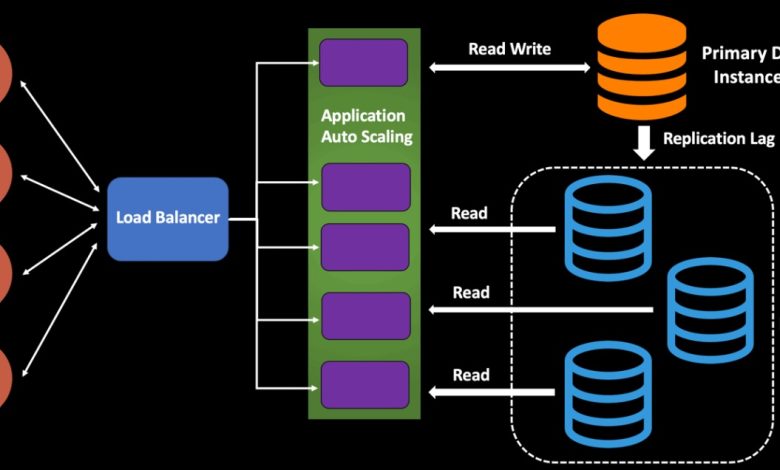
For much of its history, the semiconductor industry thrived on certainty. Roadmaps were clear, timelines were aggressive, and scaling was achieved through relentless execution. But the clarity that once defined Moore’s Law has now given way to complexity, ambiguity, and unanswered questions. As engineers push the boundaries of physics, the mindset required to drive progress is changing. Erik Hosler, a respected advisor and thought leader in advanced patterning strategy, suggests that success may now hinge less on what we know and more on the questions we are willing to ask.
This development in mindset was clearly on display at the SPIE Advanced Lithography conference. Once a showcase of definitive technical milestones, the event is now a hub of open-ended inquiry. Experts from across the semiconductor ecosystem gathered not just to present solutions, but to ask better questions. Questions about materials, processes, architectures, and even the future purpose of computing itself.
From Certainty to Curiosity
In the early decades of Moore’s Law, progress followed a familiar script. Reduce the feature size, improve the lithographic technique, and boost transistor performance. The industry moved confidently from one node to the next. But the script has become harder to follow. Today’s scaling challenges include quantum variability, stochastic noise, heat dissipation, and economic feasibility.
This shift has reframed curiosity from a luxury to a necessity. Asking questions is no longer something done at the end of a project when performance falls short. It has become the starting point. Engineers are expected to explore unknowns proactively, to be comfortable admitting what they don’t know, and to collaborate across disciplines in pursuit of new understanding.
This culture of inquiry has taken hold in advanced patterning, where there is no longer a single solution path. The need to manage variability, overcome etch constraints, and find new materials has opened the field to a wider range of possibilities and perspectives.
Creating a Forum for Open Questions
This appetite for experimentation has reshaped how institutions define their goals. Erik Hosler notes, “Last year, we included MEMS and MOEMS, and we will keep expanding to quantum to make this a place to ask questions … Lots of great things are going on, and something will emerge.” His comment, shared in the context of the SPIE conference’s expanding technical scope, emphasizes the value of intellectual openness. The goal is not to elevate any one niche technology, but to encourage wide-ranging exploration.
His remark points to a broader transformation in how the industry views innovation. It is no longer enough to iterate on known variables. Instead, the community must cultivate environments where ideas can collide, develop, and lead to entirely new classes of solutions.
It is especially true in areas where answers are not yet apparent. Whether it is quantum lithography, bio-inspired design, or hybrid architectures, asking the right questions has become a vital part of advancing semiconductor capability.
Rethinking the Metrics of Progress
Curiosity-driven development also challenges how we measure success. Traditional metrics like transistor count and clock speed are still relevant, but they no longer capture the full picture. Increasingly, value is found in less tangible qualities like flexibility, adaptability, sustainability, and system resilience.
This reframing is reshaping research priorities. Instead of optimizing purely for performance, design teams now consider a broader set of tradeoffs. What is the cost of uncertainty? How do we ensure robustness in the face of imperfect processes? What kind of architecture makes sense when yield cannot be guaranteed at every level? These questions may not have clean answers, but they help steer engineering toward strategies that are resilient rather than powerful.
The Power of Diverse Perspectives
Encouraging curiosity also means welcoming diverse perspectives. Engineers working on lithography tools increasingly collaborate with data scientists, materials researchers, and even experts in neuroscience or philosophy. This cross-pollination does not dilute expertise. It amplifies it.
The SPIE conference reflects this diversity, with sessions ranging from hard metrology to speculative discussions on future applications. The goal is not consensus. It is exploration. Diverse ways of thinking can help expose assumptions that might otherwise remain hidden.
It is important when exploring disruptive ideas. A concept like using quantum light for patterning would have sounded absurd a decade ago. Today, it is discussed seriously because someone dared to ask a question that seemed outside the scope of conventional semiconductor engineering.
Asking Questions in the Fab
Curiosity does not belong in the lab or at conferences. It is becoming part of daily decision-making inside the fab. Process engineers increasingly use AI tools not just to optimize parameters but also to identify unknown correlations and flag anomalies that suggest something deeper is going on.
Machine learning helps teams frame better questions. Why did this batch yield more defects than the last? Could a change in deposition chemistry explain a new failure mode? What happens if we invert the etch sequence? These inquiries reflect a maturing relationship between human intuition and computational analysis.
As fabs become more complex, curiosity becomes a competitive advantage. Teams that encourage questioning are better equipped to navigate uncertainty, spot opportunities early, and recover faster from setbacks.
Building a Culture of Inquiry
Making curiosity a strategic asset requires more than slogans. It involves rethinking how teams are structured, how projects are managed, and how failure is viewed. In high-stakes environments, there is often pressure to hide uncertainty. But the most innovative teams flip this script. They reward transparency, experimentation, and intellectual risk.
Educational programs are also changing. Young engineers are being trained not just in tools and techniques, but in systems thinking and critical reasoning. They are taught how to define a good question, not just how to implement a known solution.
This cultural shift is happening unevenly across the industry, but it is accelerating. Companies that embrace it are finding new ways to create value, not by knowing all the answers but by constantly refining the questions.
Turning Questions into Direction
The future of semiconductor innovation may hinge less on doubling transistor density and more on doubling down on curiosity. In a world where the physical and economic limits of scaling are visible, the most powerful tool engineers have is the ability to ask the right questions.
From exploratory labs to high-volume fabs, a culture of inquiry is taking root. It is redefining how challenges are framed, how collaboration works, and how breakthroughs emerge. By making room for bold questions and unexpected connections, the semiconductor community may discover its most durable scaling strategy yet.





